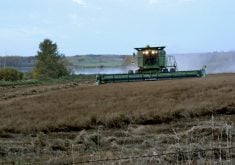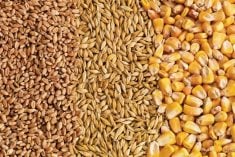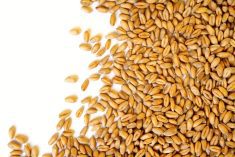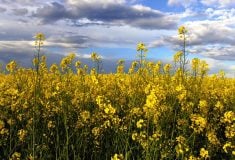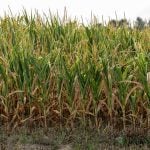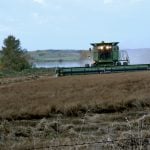CNS Canada — ICE Futures Canada canola futures turned higher during the week ended Wednesday, with the biggest increases happening in the nearby months while prices stayed rangebound for the more deferred contracts.
“The inverse has really widened out, compared to where it was,” said analyst Jonathon Driedger of Farm Link Marketing Solutions, noting the July contract performed strongly while November lagged to the upside.
“We might see a little larger daily swings as we head into the tail end of the month,” he said, adding the market may see volatility in the spread if traders on both sides of the market unwind their open interest prior to delivery.
Read Also
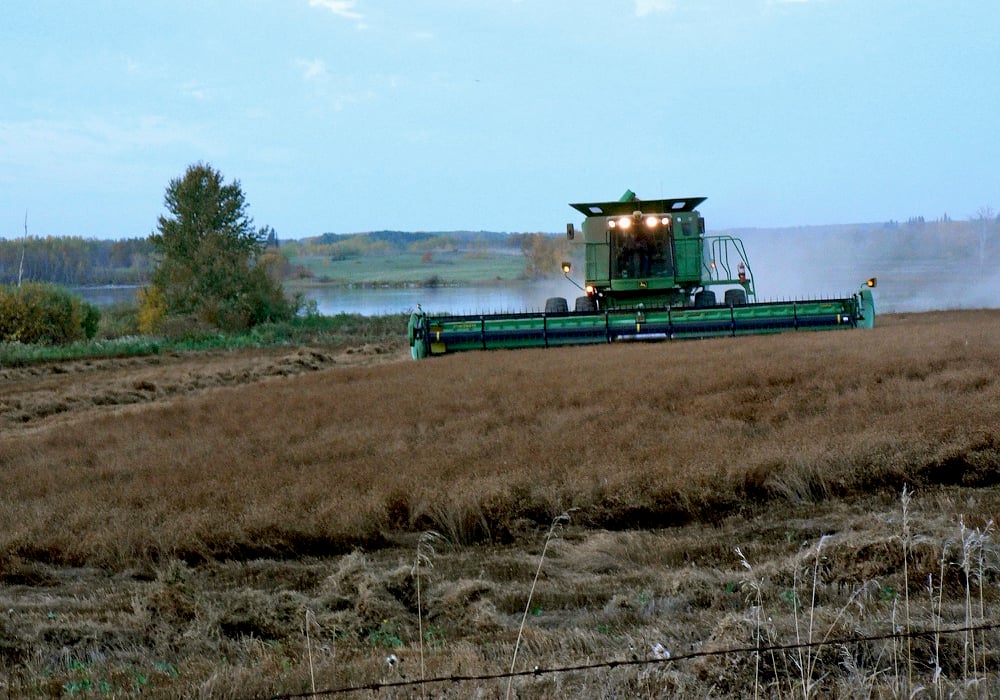
Most of Manitoba harvest wraps up for 2025
Manitoba Agriculture issued its final crop report of 2025, showing the overall provincewide harvest at 97 per cent complete as of Oct. 20. Nearly all major crops have finished combining, with 37 per cent of Manitoba’s sunflowers finished, plus 71 per cent of grain corn and small amounts of soybeans and potatoes left to do.
July canola gained $20 per tonne over the past week, while November was only up by $10. The old/new crop spread widened to see July command a $15 premium over November.
Driedger said he doubted traders will see anything dramatic happen as there are still comfortable supplies of canola available.
However, he said, some end users have been short and are offering premiums on basis levels in certain locations. The market is also transitioning from the current crop year to new harvest supplies.
This week an industry specialist speculated between 600,000 and a million acres of farmland in Manitoba might not be seeded due to wet weather.
Looking at the big picture, though, Driedger isn’t sure how much it will matter. “In the grand scheme of things I don’t think it’s a huge amount.”
The canola now seeded in Western Canada looks good so far, he said. If the weather co-operates, growers can expect to see a good crop again.
Malaysian palm oil is also still a factor that bears watching, according to a report.
— Dave Sims writes for Commodity News Service Canada, a Winnipeg company specializing in grain and commodity market reporting.



